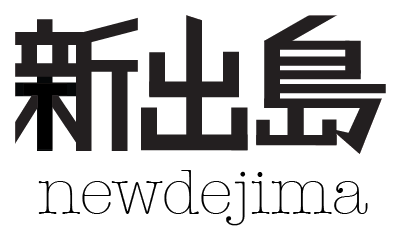Inflation cycle puts lid on a sustained recovery
Inflation of deflation? The debate still rages. And I still fear that the correct answer could be "both".
This year has seen a distinct uptick in inflation fears for the developed world. That is the natural consequence of the uplifting data from the US, where both the labour and housing markets are at last showing some kind of a recovery after long slumps. Economic activity means more inflationary pressure.
This is most clearly seen in the bond market's implicit inflation expectations. Judging by the gap between inflation-linked and fixed-rate Treasury bonds, the market expects inflation of 2.23 per cent per year over the next decade - up from 1.7 per cent last September.
But there are other sources of inflation. One comes from the supply of natural resources. Oil prices are rising nastily once more. Following last year's insurrection in Libya, from which supply will recover only slowly, there is now also the real prospect of an embargo on oil supplies from Iran.
This mostly affects European producers, where oil prices look particularly ugly. When measured in euros, the price of North Sea Brent crude is now only 2 per cent below its all-time peak, set shortly before the Lehman collapse in 2008. Refiners already appear to be switching into Russian oil, which is similar to Iranian oil.
Inflation that comes from restrictions of supply like this is not healthy for the economy. In the short run it is inflationary, as oil prices are in inflation indices. In the long run it is deflationary, as high oil prices weigh on spending.
Another source of inflation is deliberate. Central banks in the west want inflation, so they are injecting money into the system, typically by buying government bonds (known as quantitative easing). The Bank of England is doing this; the Bank of Japan announced this week that it was doing the same; the US Federal Reserve is expected to do more over the next few months; and the eurozone crisis is easing chiefly because the European Central Bank is offering banks money on phenomenally cheap terms. All of these measures tend to create inflation.
There are good reasons for this. The Fed, in particular, assumes that deflation is a greater danger than inflation. After all, it makes historic debts even more expensive to pay off. Injecting money into the system also pushes up asset prices and makes everyone happier. And indeed, big expansions in central banks' balance sheets, from the Fed in the autumn of 2010 and the ECB in 2011, coincided with surges in equity and commodity prices.
But central banks do not operate in a vacuum and the money they create is fungible. Once created, it tends to find its way to wherever it will make the great return. So, in 1998, money to ease the financial system through the Long-Term Capital Management crisis helped inflate the tech bubble, and money to deal with the bursting tech bubble inflated the US housing bubble.
At present, money is likely to find its way to emerging markets. They are growing, and have higher interest rates. Brazilian government bonds yield more than 10 per cent. Park money there and little will go wrong.
Except emerging markets have an endemic inflation problem of their own, which forced many central banks to raise rates after the Fed's first wave of money-printing in 2009. Many now hope that emerging central banks will ease rate this year; but that grows less likely if flows of US money push up inflation again.
Higher rates in the emerging economies would in turn tend to choke off economic activity there. And that would be a shame because it is on emerging markets, led by China, that the world currently relies for its growth. In a global economy, it is hard for any one nation, even the US, to take actions that will not have a countermanding effect somewhere else in the world.
There is nothing new about any of this. In fact, the similarities with last year, when the Libyan situation drove oil prices upwards, while markets convinced themselves that the eurozone crisis was containable and feasted on easy money from the Fed, are very close. That ended badly.
The greatest difference is that the US seems to have much less need of the easy money - inflation expectations, at 1.5 per cent, were far lower before the last dose of quantitative easing and the economy is now showing its most promising signs of strength since Lehman.
But if the logic of last year still broadly holds, then there is every chance of a repeat. Developed countries, prone to deflation, will continue to export inflation to the emerging, which is already prone to it. This may not be the worst way of dealing with the overhang of debt left by the financial crisis but it does put a lid on hopes for a strong and sustained global recovery.
And Iran bears watching. Constrictions on the supply of natural resources have lost none of their power to throw a spanner in the economic works. from FT.
・Government bonds of US
・Government bonds of Brazil
・Brent
・WTI



0 件のコメント:
コメントを投稿